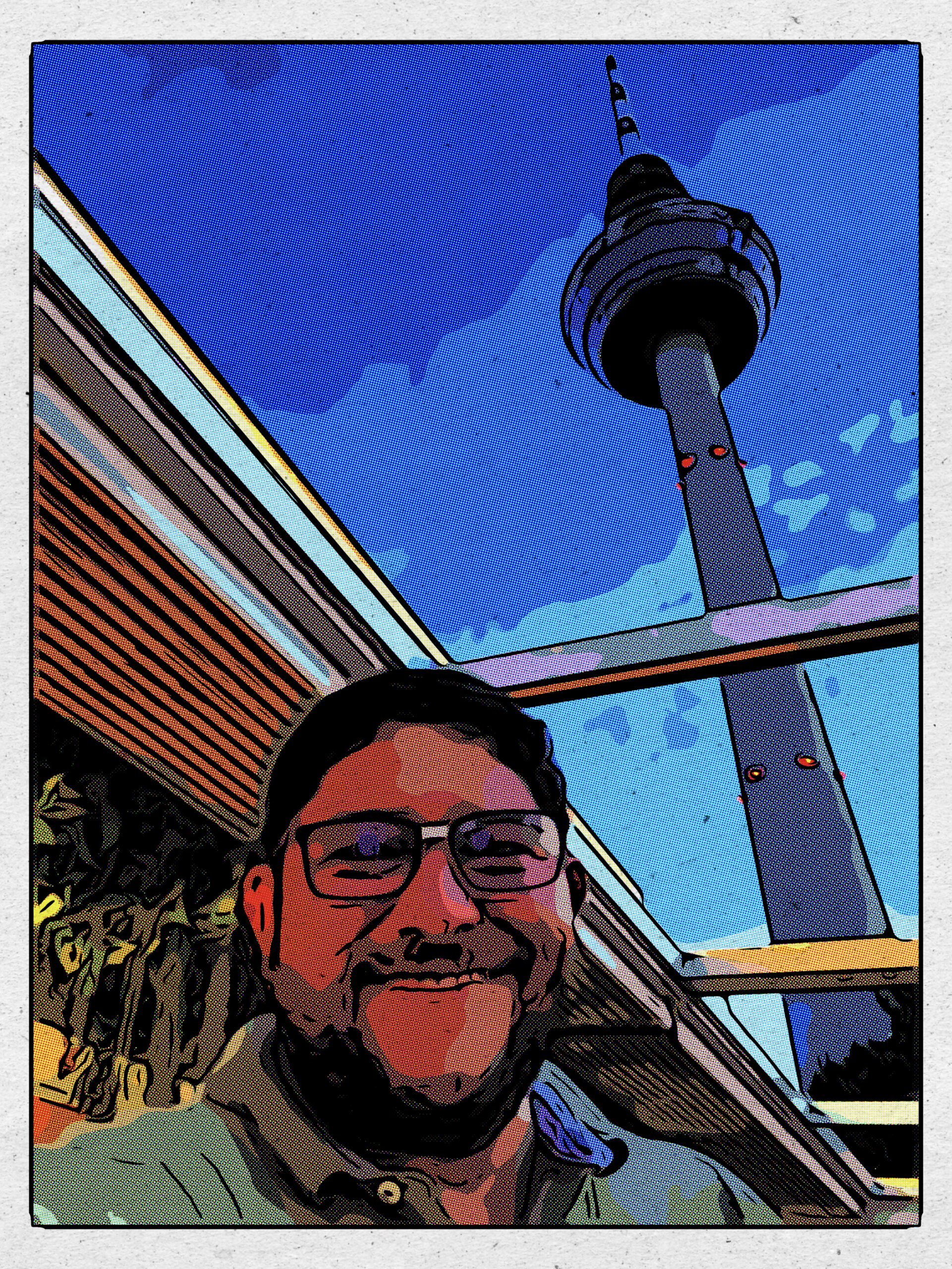The power of stories to communicate in a user-centered manner
Why do we tell stories? What power lies within storytelling? Why do stories stick and survive over decades in your mind? And why are they used in agile? Why does a project management standard make use of it and what is its effect on the team?
When I was a child, I loved stories. I loved to hear them and imagine myself in them. It seemed to me that the whole world was filled with stories. Whether it was my uncles telling about their trips to the farm located in southern Colombia, the teachers sharing experiences of past excursions, the stories of our volleyball team of past tournaments and of course that whole world of stories by Gabriel Garcia Márquez, which accompanied my early years. Fact is, I love stories because they give you a version of the world as seen through someone else’s eyes. But how does this translate to agile project management?
“What matters in life is not what happens to you but what you remember and how you remember it.” – Gabriel Garcia Márquez

Simply put, a story is a narrative describing a series of events— a recollection of something fictional or nonfictional. If you tell a story to a child, he or she will be quick to tell the story of what happened again — whether real or imagined — the story sticks. But why exactly is that? What differentiates the simple recounting of events from a well told story?
Meaning & Identification
The secret to stories is meaning. That meaning transports you (the listener) into an actual identification with the main character. When telling a story, we give the events we are enumerating meaning through the details we provide. The details we leave out, the context, the characters, and the conclusion are also important parts and give also meaning. We provide our spectators not just facts but our interpretation of those facts. In our case the clients and product owners interpretation. The team members then are able to identify themselves in a more easier way, with the requirements of the customer and see things from her or his perspective. Thus, achieving identification with the user and his/her pains and happiness.
Persuasion
One of the most common uses for stories is to persuade. Commercials, those we see every day, whether on social media, the television, on the radio, in magazines, or on the Internet. A good commercial tells a story to persuade you to see things from the advertiser’s point of view.
Using stories to persuade is a powerful technique. However, this imposes an ethical responsibility on the storyteller. Stories should be based on real data— not simply made up to support the beliefs of the storyteller (forget about fake news!). Inspiring stories can lead us to invest in a particular opportunity, which can be dangerous to our finances if they are not adequately fact-based. So beware of fake news, when developing user stories.
Education
Stories make things more memorable. Whether used as a coaching tool or a way to help people understand a new concept or process, stories make things relatable. As pattern-seeking creatures, we are wired to look for stories. By providing the story for our audience, we give them context to make sense of what we are trying to communicate.
Once this has been achieved, it is important to ask question to the team members related to the story. Some examples are: What do we know about the environment that could affect the product functionality or maintenance? What level of care and attention is the user able to give the product? What does this tell us about the design? These kind of questions help us not only to look at the product itself, but as well at the environment in which the product will be working. The answers could affect the assumption we have made so far on the product.
Communication
Every person has their own set of stories. They collect them from the time they are born, adding their own narratives about their personal experiences as well as the narratives of their peers, their mentors, and their society. These stories inform how they understand the world—they are the filter through which they see things. Understanding these stories can make or break the communication between two people. On a cultural level, stories can inform an entire society’s attitude toward impactful things such as expected behaviors and outcomes, organizational responsibilities and authority, and acceptable uncertainties.
In agile projects stories do exactly that. From the perspective of a user, what does he need in order to achieve what. Remember the typical way to describe a story is scrum is:
„As a …(USER), I want to …(ACTION/Requirement), so that I can …(GOAL)“
User-centricity
In my eyes, the real power of stories is their user-centricity. Because this is the point in time in a project in which we really try to see the world through the glasses of our users. However there is here also pitfall. When we write the story ourselves and have not involved in a proper manner our users, there is a Hugh room for interpretation, which can lead us to failure. Therefore, the user story should be developed based on data sampled from the users themselves. This way, we will avoid the problem of interpretation based only on observation.
My recommendation would be to go for the recommended actions in Design Thinking during the empathise phase with the users. Design Thinking recommends the following 3 steps approach:
- Engage: conduct interviews and chat with your users, customers or clients;
- Observe: Go in and see what is happening. Take notes and describe what you see
- Immerse: be the user yourself – convert yourself into an user and put yourself in the users shoes
Remember:
- Stories provide power when communicating by providing a visceral, human connection to numbers and facts.
- Stories can be used to persuade, communicate, and relate, thus providing a glimpse of a different perspective.
- Good product design must be thoughtful and inclusive of the end user. Using stories, you achieve this.
- Stories can accelerate development by:
- Improving communication. Stories ensure everyone is sharing the same perspective.
- Defining the problem. By spending time up front adequately defining the problem and requirements, less time is spent later in the cycle.
- Defining problems before solutions is essential to encourage innovation.
- Defining problems is difficult. Solutions are satisfying, and it is easy to jump straight to solutions. It is important to resist this urge to improve the ability of the team to innovate.
So ask yourself first, are you looking for innovation?
If yes, then spend time with the problem definition to look for as much potential solutions as you might find. Design Thinking might be your answer from an agile point of view.
If the answer is no, I already know exactly what we need, then jump into solution mode. Scrum, Scrumban and Kanban are your methods to follow.

Erich is an internationally experienced systemic coach, senior management consultant, and speaker. He is the founder of The Evolving Zone. Erich has a track record of over 19 years in running operations of organisations of different sizes and business models. He knows from his own experience how to balance comprehensive with pragmatic solutions. He loves helping people gain new perspectives, define new objectives, and evolve.
Last posts
